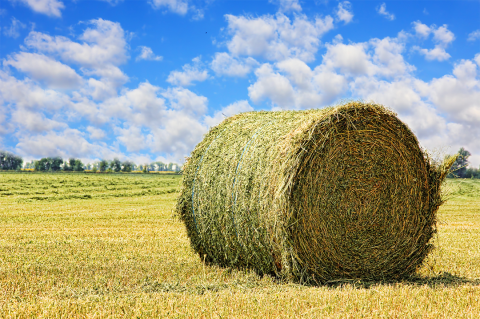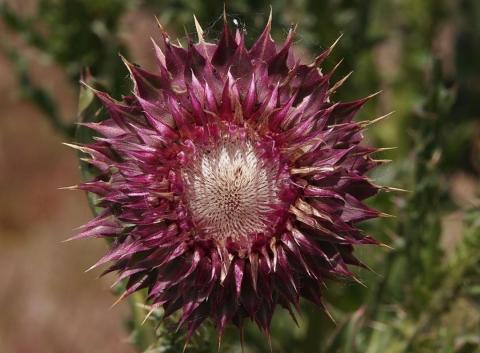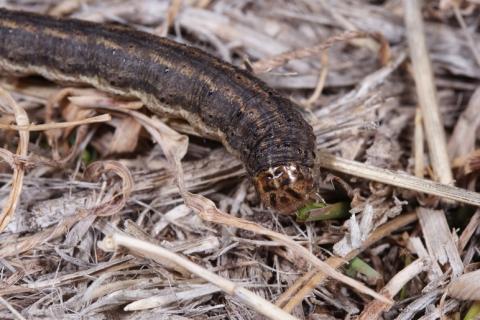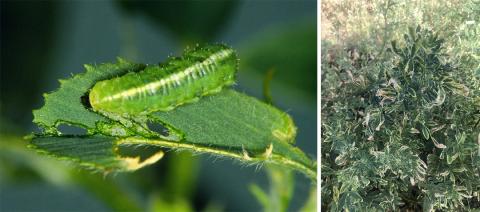Pasture and Forage Minute: Recommendations for Storing Quality Silage
August 14, 2024
Extension educators highlight the importance of using the right inoculants and storage methods for corn silage to improve fermentation, reduce spoilage and maintain feed quality.
Pasture and Forage Minute: Forage Harvest, Pasture Rental Rates and Controlling Yucca
July 24, 2024
Considerations for harvest of slow-to-dry summer annual grasses, setting 2024 pasture rental rates, and controlling yucca on Nebraska rangelands.
Pasture and Forage Minute: Selecting Summer Forages, Thistle Control Options
May 9, 2024
Insights on pasture rental rates, selecting summer forage based on needs for your operation, and control options for noxious weed thistles in pastures.
Pasture and Forage Minute: Fertilizing Cool-season Pasture, Army Cutworm Control
April 29, 2024
Extension educators review timelines for turnout to summer pastures, calculating returns on fertilizing cool-season pastures, and tips for scouting army cutworm in alfalfa fields.
Pasture and Forage Minute: Alfalfa Weevil Scouting, Dealing with Stress
March 12, 2024
Recommendations on scouting for alfalfa weevil in the coming weeks, and resources for ag producers dealing with stress and other impacts to their health and wellbeing.

Pasture and Forage Minute: Pasture Leasing Rates and Alfalfa Winter Survival
February 22, 2024
Extension educators share insights on establishing pasture rental rates and selecting alfalfa seed for winter survival traits.

Pasture and Forage Minute: A Closer Look at Section 180, Forage Inventory Season
February 6, 2024
With recent land purchases, many Nebraska producers are seeking to better understand IRS Section 180 tax deductions. This article provides a review of the tax code and its potential financial implications for landowners of newly acquired land.
Pasture and Forage Minute: Record-keeping for Taxes, Selecting Alfalfa Varieties
January 9, 2024
It's time for another tax season. Agricultural Economics Extension Educator Shannon Sand shares tips on getting prepared for the March 1 deadline. Plus, considerations for selecting alfalfa varieties.





